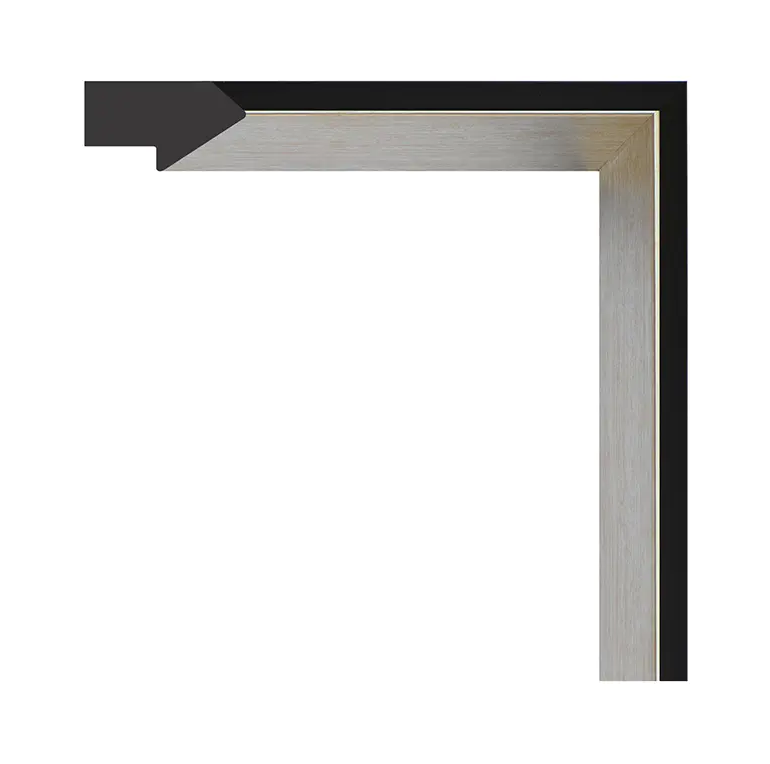How to Avoid Cracks and Warping When Using Wood Framing Moulding?

One of the most common concerns homeowners and interior designers have when selecting Wood Framing Moulding is whether it is prone to cracking or warping over time. Since moulding is not only a functional element but also an aesthetic one, its long-term durability is essential for maintaining a polished, finished look in any space. Like any material derived from natural wood, Wood Framing Moulding is subject to environmental factors such as temperature fluctuations, humidity levels, and installation practices—all of which can contribute to changes in shape, stability, and appearance. However, with the right type of wood, proper preparation, and installation, Wood Framing Moulding can remain stable and attractive for years.
Wood is a natural, organic material, which means it will always have some degree of movement as it reacts to the environment. In high-humidity areas, Wood Framing Moulding may absorb moisture, causing it to swell. Conversely, in dry conditions, the moisture content in the wood may decrease, leading to shrinkage. These changes can result in minor cracking or warping, especially if the moulding was not properly sealed or acclimated before installation. That said, high-quality moulding that is kiln-dried and well-finished tends to be far more resistant to such problems.
The type of wood used for Wood Framing Moulding plays a major role in its dimensional stability. Hardwoods like oak, maple, and poplar are generally less prone to warping than softwoods like pine. Engineered wood or medium-density fiberboard (MDF) options are also available and are designed specifically to resist cracking and warping by providing a more uniform, stable structure. However, they may lack the natural grain and feel of real wood, which is why many still prefer solid Wood Framing Moulding despite the slightly increased maintenance it may require.
Another key factor is how the moulding is finished. Applying a high-quality primer, followed by a durable paint or sealant, helps to lock in the wood’s moisture content and protects it from environmental exposure. Finishing all sides—including the back—is essential to ensure uniform protection. If only the visible side is finished, the unsealed surfaces may absorb moisture unevenly, leading to warping. It’s also crucial to allow the moulding to acclimate to the room’s temperature and humidity for at least 48 hours before installation. This simple step significantly reduces the risk of post-installation movement.
Installation techniques also matter. Improper fastening, such as using too few nails or skipping adhesive, can leave portions of the moulding unsupported, increasing the chance of movement. Likewise, placing moulding directly over uneven or damp surfaces can accelerate distortion. Caulking and proper joint spacing can help account for minor movement and ensure a seamless appearance even if some expansion or contraction occurs.
In conclusion, while Wood Framing Moulding is susceptible to cracking or warping under certain conditions, these issues are largely preventable. By choosing the right wood species, applying proper finishes, and following best installation practices, homeowners can enjoy the timeless elegance of Wood Framing Moulding without worrying about long-term durability. Like all quality materials, it rewards care with lasting beauty.
Width: 14mm
Height: 34mm
Length: 3.05m
Pieces: 50
Total Meters: 152.50m
- Art
- Causes
- Crafts
- Dance
- Drinks
- Film
- Fitness
- Food
- Spellen
- Gardening
- Health
- Home
- Literature
- Music
- Networking
- Other
- Party
- Religion
- Shopping
- Sports
- Theater
- Wellness


